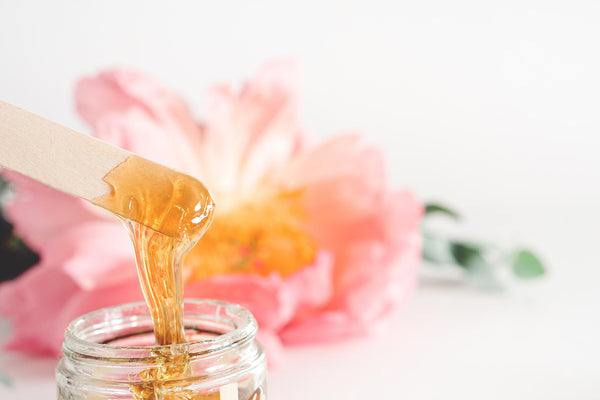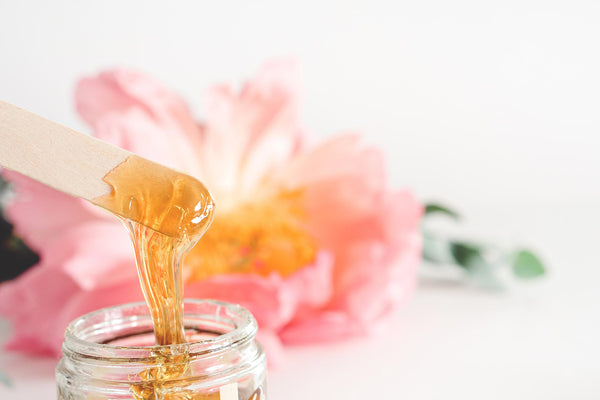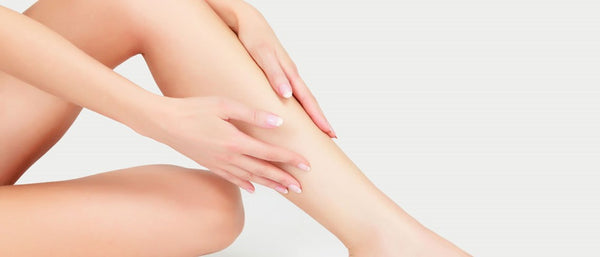Hair removal can be a pain – literally. There are many ways to go about it, almost as many as there are hairs to remove, but most methods fall in to three categories: shaving, creams, and waxing. The best hair removal method is always the one that suits you best. Everyone is different, so different solutions are required. Here we take a look at each of these different methods, to help you discover which one is best for you.
Shaving
The most popular form of hair removal. Shaving is a form of epilation (removal of the hair above the skin) that involves dragging a sharp blade across the area to slice the hairs away as close to the root as possible. Dragging anything sharp across skin understandably causes small cuts and abrasions – even if you can’t see them – that can cause frequently shaved areas to become sore, or even develop a raised red rash known as ‘razor-burn’.
Creams
Depilatory creams might seem like a relatively new invention, but women have been various versions of them to remove their body hair for over 5000 years. The first ones were made with such unsavory ingredients as quicklime and arsenic! Luckily, depilatory technology has come a long way since then! Veet depilatory creams dissolve hair just below the skin so it simply breaks away. This method can keep you stubble free for up to four days, longer than shaving, and the hair grows back finer over time, so you feel smoother for longer.
Waxing
Waxing is another method that may be older than you would expect, being practiced by early Egyptians who would use a mixture of sugar and lemon resin to form a sticky, but stiff and malleable substance they used to remove hair. Waxing is a form of epilation, which means that it removes hair at the root. This deeper form of removal means that hair takes much longer to grow back, up to four weeks.
Some of these methods may seem more convenient on the surface, but in practice, may require you having to do it a lot more often, or having to put up with associated skin irritations. As with anything, it’s important to do your research, and then apply a little trial and error to work out what you find the most suitable. Whatever method you opt for, there is no reason that you shouldn’t be able to have beautifully soft and smooth skin.





